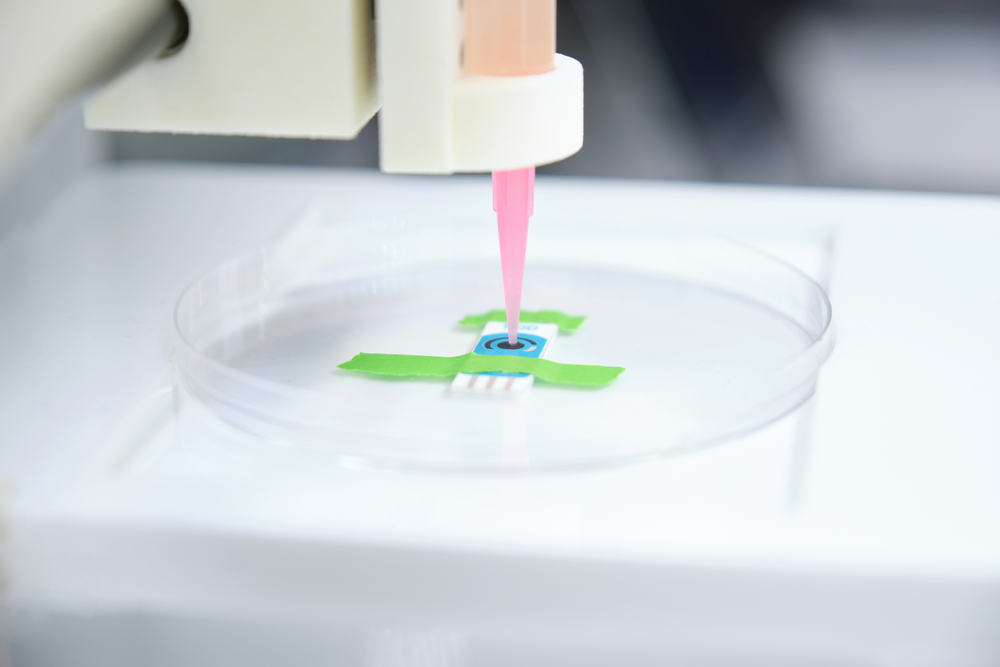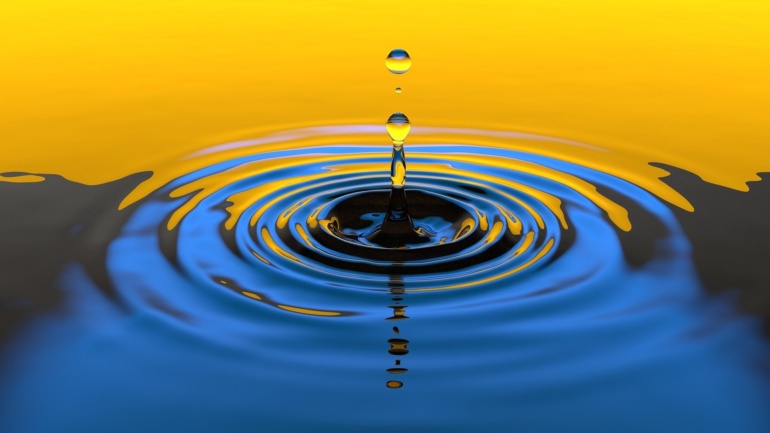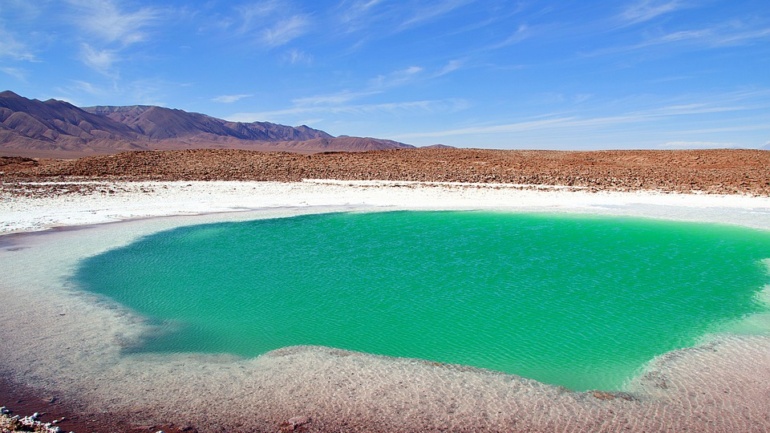By Brigitte Rodriguez, Publishing Associate: Researcher & Writer for Save The Water™ | October 29, 2023
At the University of California, San Diego, researchers have made a groundbreaking discovery in the fight against water pollution. It involves an innovative material called a “modified living material”. Thanks to this 3D printing material, it’s possible to remove pollutants from the water. This makes the water safe to drink.
3D-Printed Materials for Water Cleanup
Combining polymeric materials and living systems has led researchers to devise a new water pollution mitigation method: 3D-printed materials. These are also known as modified living material.
This material is made from a seaweed polymer and a genetically modified bacteria. It’s designed to remove select pollutants from its surroundings. As well, the enzymes released from this process help to break down the structure of the contaminating molecules. Thus, this allows the molecules to go from harmful to harmless compounds.
Additionally, the seaweed polymer is printed in a grid structure. This shape allows bacteria a better chance to survive and effectively do their cleaning job.
Advantages and Disadvantages of 3D-Printed Materials
This kind of technology has many benefits:
- It doesn’t use chemicals.
- It doesn’t leave traces of bacteria in water.
- It’s an eco-friendly technology.
But it also has some disadvantages: disadvantages:
- High manufacturing cost
- Tough to get an exact impression of the materials
- Reduced fabricated speed
What Other Technologies Can We Use To Treat Contaminated Water?
There are some technologies that treat contaminated water:
- Advanced Oxidation Technology (AOTs): a set of techniques used to remove substances that are hard to break down. AOTs use processes in which a certain frequency of light flashes onto the surface. This degrades pollutants in an instant.
- Ion exchange: a chemical process that removes unwanted ions dissolved in water and replaces them with similarly charged ions.
- Reverse Osmosis: a method that cleans and purifies water by using a unique filter. This makes it possible to get rid of ions.
Future Perspectives With 3D-Printed Materials
Using 3D printing technology to purify polluted water has great potential to better the lives of those who struggle to access clean and safe water. The real promise of this innovation lies in the ability to provide a solution for water contamination.
As research and development in this field continues to advance, it’s exciting to consider the positive effects this technology can bring for everyone. Therefore, researchers are looking to create new materials that combat water pollution. Additionally, their goal is to make materials that respond to stimuli that are already present in the environment.
The hope is that all specialists from all fields will come together and be able to further develop this idea. The development of 3D printed materials for water cleaning is just the beginning and constitutes an environmentally friendly approach.




